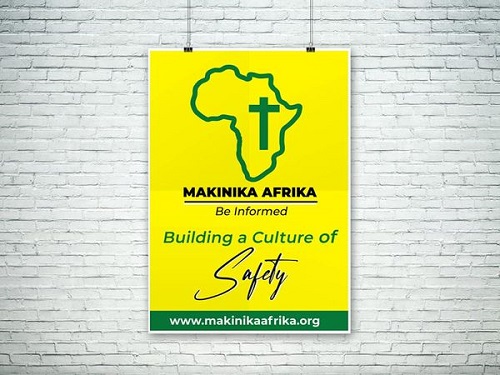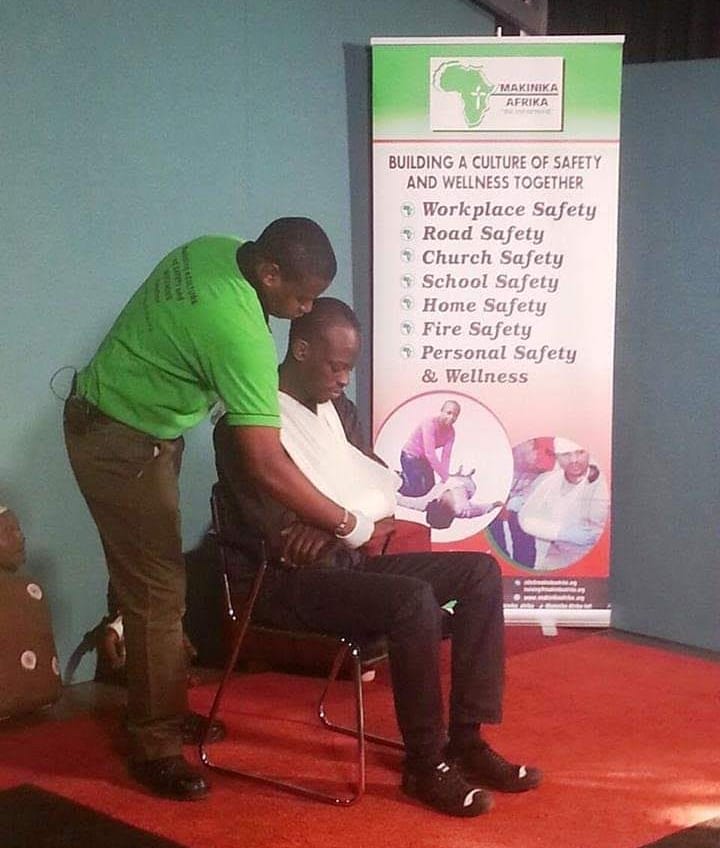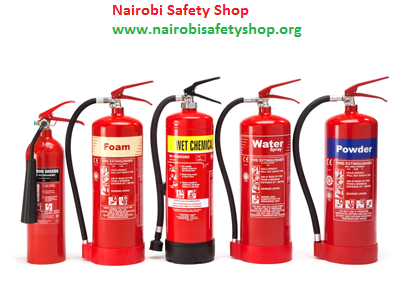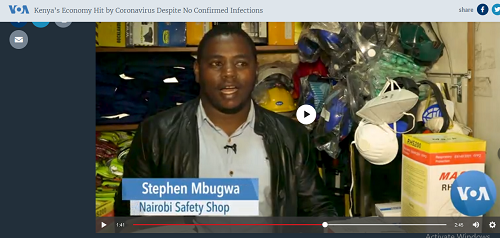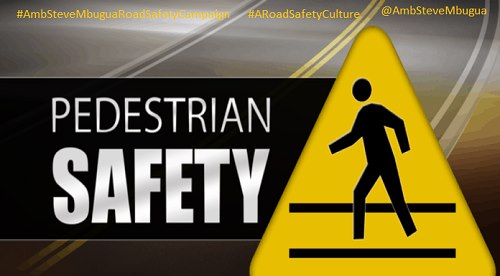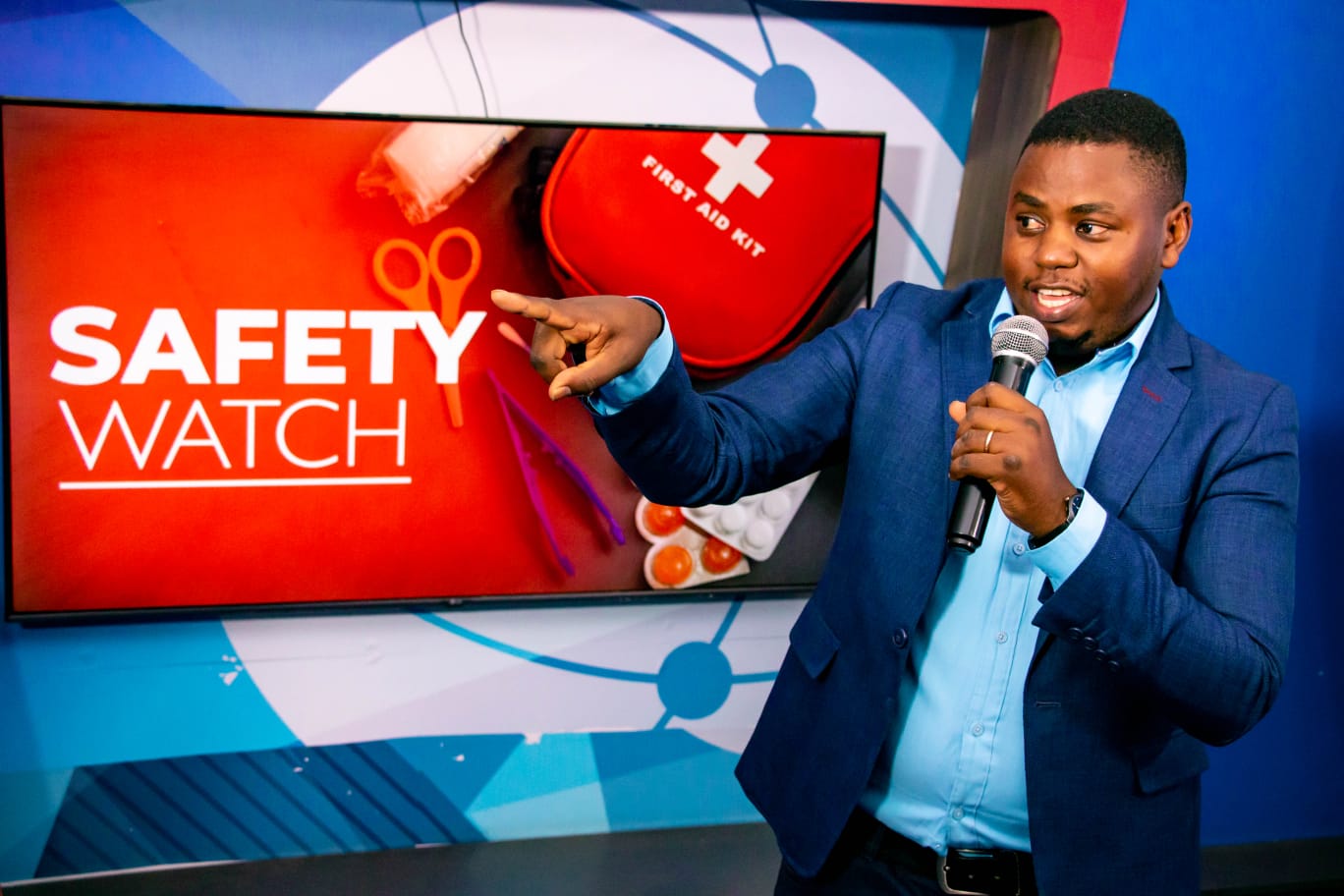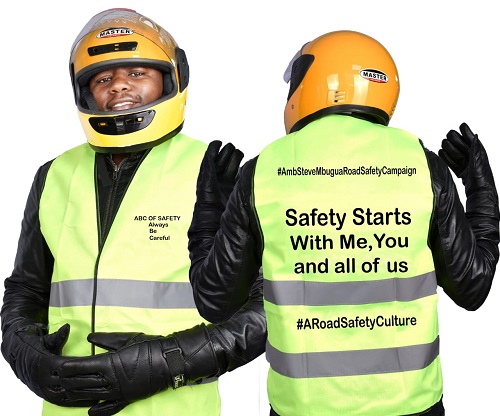Train and rail transport safety is crucial for ensuring the secure and efficient movement of passengers and cargo across extensive rail networks. As Ambassador Steve Mbugua, the globally recognized Ambassador of Safety, I am committed to advancing safety practices within the rail transport industry. In this article, we explore essential strategies for enhancing train and rail safety, including rigorous maintenance protocols, comprehensive staff training, effective signaling systems, and robust safety regulations. By prioritizing rail safety, we can minimize risks, prevent accidents, and ensure the smooth operation of rail services. Let’s examine the key components of effective train and rail transport safety management and work together to create a safer and more reliable rail system for everyone.
Railway safety encompasses the measures and protocols designed to ensure the safety of passengers, staff, and freight on the railway network. This involves stringent maintenance procedures, advanced technology, rigorous training, and adherence to regulations. Below is a detailed breakdown of various aspects of railway safety, including accident prevention, safety technology, and regulatory compliance.
Types of Railway Safety
1. Track Safety
2. Train Safety
3. Passenger Safety
4. Freight Safety
5. Station Safety
6. Level Crossing Safety
7. Operational Safety
8. Employee Safety
9. Environmental Safety
10. Security Measures
11. Emergency Preparedness
12. Safety Management Systems
1. Track Safety
Maintenance and Inspection:
• Regular Inspections: Frequent inspections to detect wear and tear, misalignments, and other defects.
• Track Geometry Measurement: Using specialized equipment to measure track geometry and ensure it meets safety standards.
• Ultrasonic Testing: Employing ultrasonic technology to detect internal defects in rails.
Track Monitoring:
• Continuous Monitoring Systems: Implementing systems that provide real-time data on track conditions.
• Remote Sensing: Using drones and other remote sensing technologies for detailed track inspections.
2. Train Safety
Train Design and Construction:
• Crashworthiness: Designing trains with structures that absorb and dissipate energy during collisions.
• Fire Safety: Incorporating fire-resistant materials and automatic fire suppression systems.
Maintenance and Upgrades:
• Preventive Maintenance: Regular maintenance schedules to ensure all train systems are functioning correctly.
• Modernization: Upgrading older trains with advanced safety features such as improved braking systems and automatic train control.
3. Passenger Safety
Onboard Safety:
• Safety Signage: Clear signage for emergency exits, first aid kits, and fire extinguishers.
• Seat Belts: Providing seat belts in certain types of trains, especially high-speed trains.
• Emergency Intercoms: Intercom systems for passengers to communicate with the train crew in emergencies.
Platform Safety:
• Platform Screen Doors: Installing doors that open only when trains are present to prevent accidental falls.
• Gap Fillers: Using gap fillers to minimize the gap between the train and platform.
4. Freight Safety
Secure Loading:
• Load Securing: Ensuring all freight is properly secured to prevent shifting during transit.
• Hazardous Materials: Following strict protocols for the transport of hazardous materials, including proper labeling and containment.
Monitoring:
• GPS Tracking: Using GPS to monitor the location and condition of freight trains in real-time.
• Temperature Control: Implementing systems to monitor and control the temperature of sensitive goods.
5. Station Safety
Design and Infrastructure:
• Barrier-Free Access: Providing ramps, elevators, and other features for passengers with reduced mobility.
• Emergency Exits: Clearly marked and easily accessible emergency exits.
Crowd Management:
• Flow Control: Using barriers and signage to manage passenger flow and prevent overcrowding.
• Surveillance: Implementing CCTV systems for continuous monitoring of station areas.
6. Level Crossing Safety
Automated Systems:
• Automatic Barriers: Barriers that lower automatically when a train is approaching.
• Warning Systems: Flashing lights and audible alarms to alert pedestrians and vehicles of an approaching train.
Education and Awareness:
• Public Awareness Campaigns: Educating the public about the dangers of level crossings and safe crossing practices.
• Signage: Clear and visible signage at all level crossings.
7. Operational Safety
Signaling Systems:
• Automatic Train Control (ATC): Systems that automatically control train speed and ensure safe distances between trains.
• Positive Train Control (PTC): Advanced systems that prevent collisions, derailments, and unauthorized train movements.
Scheduling:
• Efficient Timetables: Creating timetables that minimize delays and prevent congestion on the tracks.
• Real-Time Updates: Providing real-time updates to passengers and staff about train schedules.
8. Employee Safety
Training:
• Comprehensive Training Programs: Providing employees with training on safety protocols, emergency response, and equipment handling.
• Simulations: Conducting regular safety drills and simulations to prepare employees for various scenarios.
Protective Equipment:
• Personal Protective Equipment (PPE): Providing employees with PPE such as helmets, high-visibility vests, and safety boots.
• Safety Gear Maintenance: Ensuring all safety gear is regularly inspected and maintained.
9. Environmental Safety
Waste Management:
• Proper Disposal: Ensuring all waste, including hazardous materials, is disposed of according to environmental regulations.
• Recycling Programs: Implementing recycling programs to minimize environmental impact.
Pollution Control:
• Emission Reduction: Using technologies to reduce emissions from trains and maintenance facilities.
• Noise Mitigation: Implementing measures to reduce noise pollution, such as sound barriers along tracks.
10. Security Measures
Access Control:
• Restricted Areas: Limiting access to sensitive areas such as control rooms and maintenance facilities.
• ID Checks: Conducting ID checks for all employees and visitors entering restricted areas.
Surveillance:
• CCTV Cameras: Extensive CCTV coverage of stations, tracks, and trains to deter and detect criminal activities.
• Security Personnel: Deploying security personnel for regular patrols and incident response.
11. Emergency Preparedness
Emergency Plans:
• Detailed Response Plans: Creating comprehensive plans for various emergency scenarios such as derailments, fires, and terrorist attacks.
• Coordination with Agencies: Collaborating with local emergency services for coordinated response efforts.
Drills and Simulations:
• Regular Drills: Conducting regular emergency drills to ensure readiness.
• Simulation Exercises: Using simulation software to train staff and test emergency response plans.
12. Safety Management Systems
Policies and Procedures:
• Safety Policies: Establishing clear safety policies that outline responsibilities and protocols.
• Standard Operating Procedures (SOPs): Creating detailed SOPs for all safety-related activities.
Continuous Improvement:
• Audits and Inspections: Regular audits and inspections to identify and rectify safety issues.
• Feedback Mechanisms: Implementing systems for reporting safety concerns and feedback.
Railway safety is a multifaceted discipline requiring constant vigilance, advanced technology, rigorous training, and adherence to strict regulations. By addressing safety across all aspects of railway operations—from track maintenance to passenger safety, from freight handling to emergency preparedness—railways can ensure the safe and efficient transport of passengers and goods. The continuous improvement and adoption of new safety measures and technologies are essential to maintaining and enhancing railway safety.
In conclusion, safety in train and rail transport is essential for protecting passengers, crew, and the integrity of rail infrastructure. As the Ambassador of Safety, I have highlighted the importance of maintaining high safety standards, implementing advanced signaling technologies, and providing thorough training for all personnel. By adopting these strategies, the rail industry can significantly enhance safety, reduce the risk of incidents, and ensure the reliable operation of rail services. Let us commit to championing train and rail transport safety and collaborate to build a future where safety and efficiency are at the forefront of rail operations. Embracing these practices not only protects lives but also supports the continued advancement and reliability of global rail transport.
READ MORE
Environmental Safety
Workplace Safety Video
Transport Safety
Largest Safety Shop



